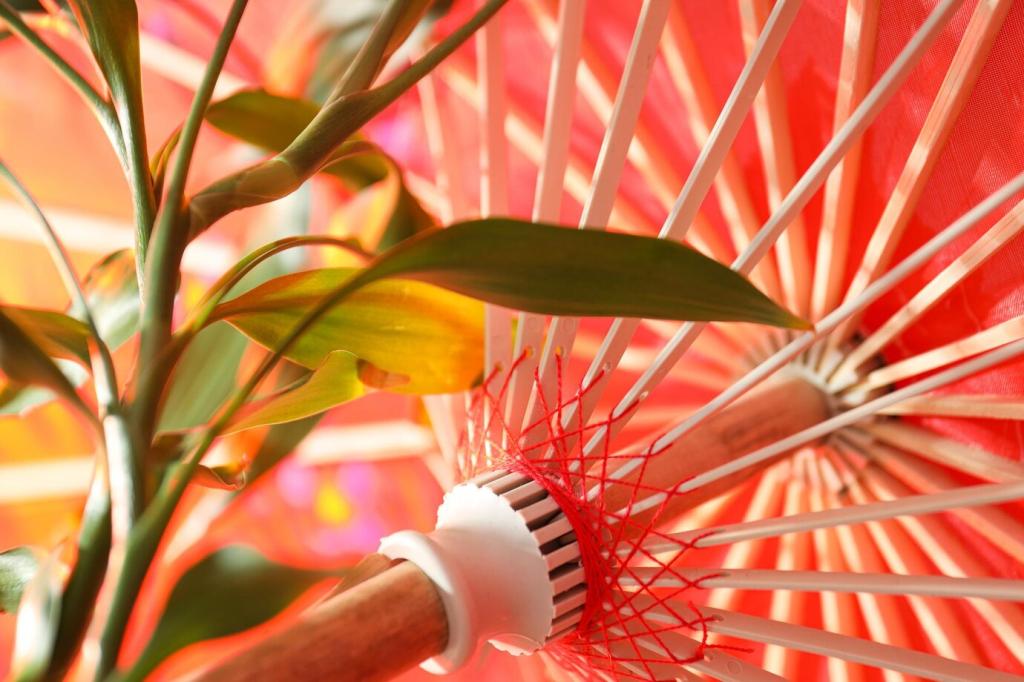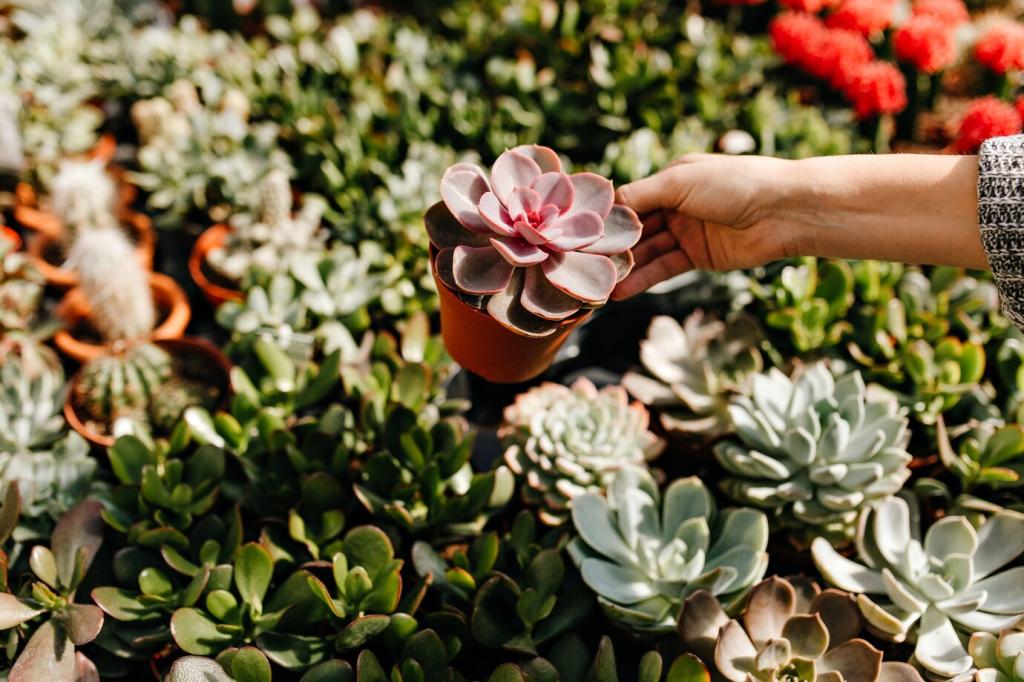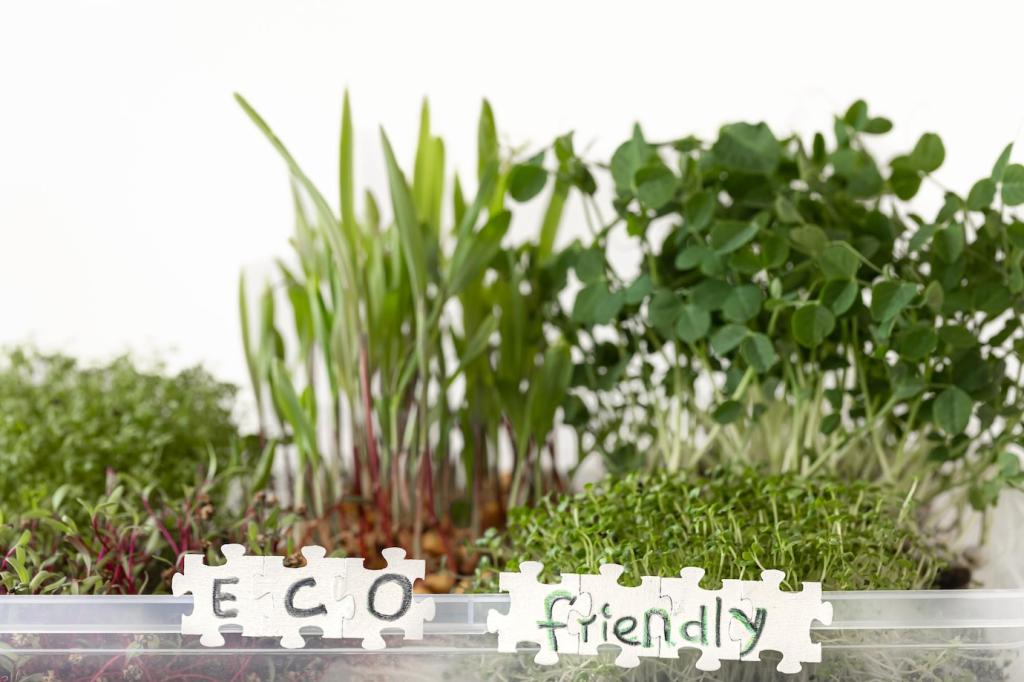Designing for Different Garden Types
Containers dry quickly and vary dramatically by material and exposure. Use short, frequent, sensor-informed pulses with inline emitters. Add mulch and saucers to retain moisture, then share your pot sizes to fine-tune emitter flow rates and cycle lengths.
Designing for Different Garden Types
If turf is essential, deploy high-efficiency rotary nozzles, matched precipitation rates, and weather-based scheduling. Define kid zones separately to avoid wet playtimes. Tell us your lawn area, and we’ll suggest baseline minutes for summer peaks and safe tweaks.










